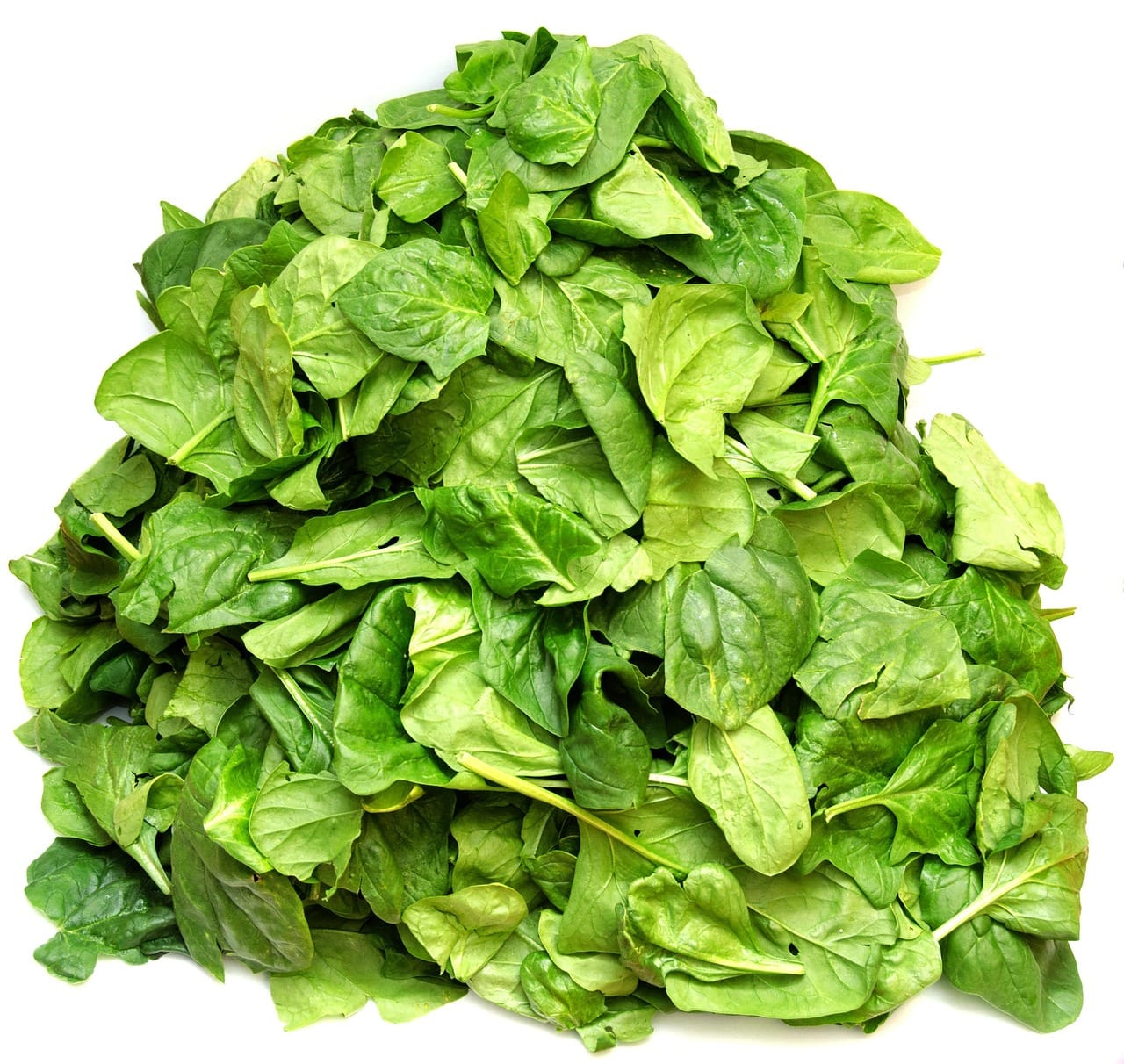Imagine a vibrant, aromatic dish, bursting with flavor and packed with nutrients, all while being completely plant-based. That’s the magic of vegan curry! Whether you’re a seasoned vegan or simply looking to incorporate more plant-based meals into your diet, this versatile dish offers endless possibilities. This guide will provide you with a delicious and easy-to-follow vegan curry recipe, along with tips and tricks to customize it to your liking.
Understanding the Basics of Vegan Curry
What is Vegan Curry?
Vegan curry is a plant-based adaptation of traditional curry dishes, excluding all animal products like meat, dairy, and ghee. It relies on a base of vegetables, legumes, tofu, or plant-based proteins cooked in a flavorful sauce made with a blend of spices, herbs, and coconut milk or vegetable broth. The beauty of vegan curry lies in its adaptability; you can use almost any combination of vegetables and spices to create a unique and satisfying meal. According to a 2023 study by Mintel, plant-based eating is gaining popularity, with 39% of Americans trying to incorporate more plant-based meals into their diets.
Why Choose Vegan Curry?
Opting for vegan curry brings a multitude of benefits:
- Health Benefits: Plant-based curries are often lower in saturated fat and cholesterol, and rich in fiber, vitamins, and minerals.
- Environmental Impact: Reducing meat consumption is a sustainable choice that helps lower your carbon footprint. Studies show that plant-based diets can reduce greenhouse gas emissions by up to 50%.
- Ethical Considerations: Choosing vegan options aligns with ethical concerns about animal welfare.
- Flavor Versatility: The wide range of spices and vegetables allows for endless flavor combinations, catering to various taste preferences.
Key Ingredients in a Vegan Curry
- Aromatic Base: Onions, garlic, ginger, and chili peppers form the foundation of flavor.
- Spices: Turmeric, cumin, coriander, garam masala, curry powder, and chili powder are essential for creating the characteristic curry flavor.
- Vegetables: Choose a mix of your favorites! Broccoli, cauliflower, spinach, potatoes, sweet potatoes, peas, carrots, and bell peppers are all excellent options.
- Protein Source: Tofu (firm or extra-firm), chickpeas, lentils, beans, or plant-based protein crumbles add substance and protein to your curry.
- Liquid Base: Coconut milk provides richness and creaminess. Vegetable broth is a lighter alternative.
- Fresh Herbs: Cilantro or parsley add a fresh, vibrant touch.
The Ultimate Vegan Curry Recipe
Ingredients You’ll Need
- 1 tablespoon coconut oil (or other vegetable oil)
- 1 large onion, chopped
- 2 cloves garlic, minced
- 1 inch ginger, grated
- 1 red chili pepper, finely chopped (optional)
- 1 tablespoon curry powder
- 1 teaspoon ground cumin
- 1 teaspoon ground coriander
- 1/2 teaspoon turmeric powder
- 1/4 teaspoon chili powder (optional)
- 1 (14-ounce) can full-fat coconut milk
- 1 (15-ounce) can chickpeas, drained and rinsed
- 2 cups mixed vegetables (e.g., broccoli florets, cauliflower florets, chopped carrots)
- 1 medium potato, cubed
- 1 cup vegetable broth
- Salt and pepper to taste
- Fresh cilantro, chopped (for garnish)
- Cooked rice or naan bread, for serving
Step-by-Step Instructions
Customizing Your Vegan Curry
Vegetable Variations
Feel free to swap out vegetables based on your preferences and what you have on hand. Consider these options:
- Leafy Greens: Spinach, kale, or collard greens can be added towards the end of the cooking time.
- Root Vegetables: Sweet potatoes, parsnips, or turnips add a hearty sweetness.
- Beans and Legumes: Kidney beans, black beans, or lentils can be used instead of or in addition to chickpeas.
Spice Level Adjustments
- For a milder curry: Reduce or omit the chili pepper and chili powder.
- For a spicier curry: Add more chili pepper, chili powder, or a pinch of cayenne pepper. You can also use a spicier variety of chili pepper.
Protein Options
- Tofu: Press firm or extra-firm tofu to remove excess water, then cube it and pan-fry or bake it until golden brown before adding it to the curry.
- Lentils: Red lentils or brown lentils can be added directly to the curry and cooked until tender.
- Plant-Based Protein Crumbles: These can be added towards the end of the cooking time.
Adding Acidity
A squeeze of lime or lemon juice at the end of cooking can brighten the flavors of the curry. You can also add a tablespoon of tomato paste during the cooking process for added acidity and richness.
Tips for Perfecting Your Vegan Curry
Blooming Spices for Maximum Flavor
As mentioned earlier, blooming spices is crucial for unlocking their full potential. Heating the spices in oil releases their aromatic compounds, resulting in a more complex and flavorful curry.
Choosing the Right Coconut Milk
Full-fat coconut milk provides the richest and creamiest texture. If you prefer a lighter option, you can use light coconut milk, but the curry will be less creamy.
Achieving the Right Consistency
If your curry is too thick, add more vegetable broth or water to thin it out. If it’s too thin, simmer it uncovered for a longer period to allow the sauce to reduce.
Making Ahead and Storing
Vegan curry is a great make-ahead dish. It can be stored in the refrigerator for up to 3-4 days or frozen for up to 2-3 months. Reheat gently on the stovetop or in the microwave.
Conclusion
Creating a delicious and satisfying vegan curry is easier than you might think. With a base of fragrant spices, wholesome vegetables, and plant-based protein, you can tailor this dish to your own taste preferences. Embrace the flexibility of this recipe and experiment with different ingredients to discover your favorite vegan curry variations. Happy cooking!



